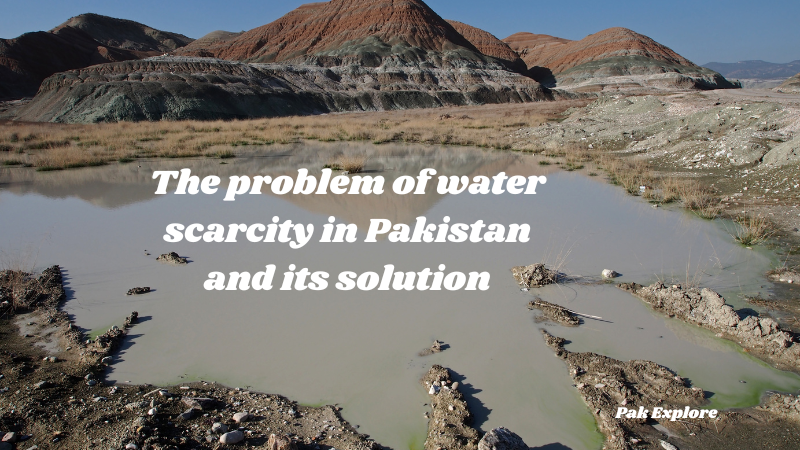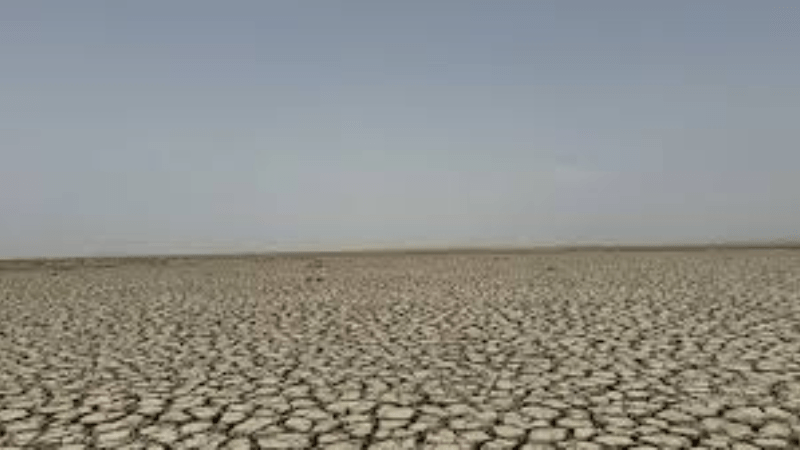3 Major Devastating Problems of Water Scarcity in Pakistan and Their Powerful Solutions
Introduction
Water is the lifeline of any nation, but Pakistan is facing a severe water crisis that threatens its agriculture, economy, and daily life. With rapid population growth, climate change, and poor water management, the country is struggling to meet its water demands. This scarcity has led to alarming consequences, affecting millions of people.
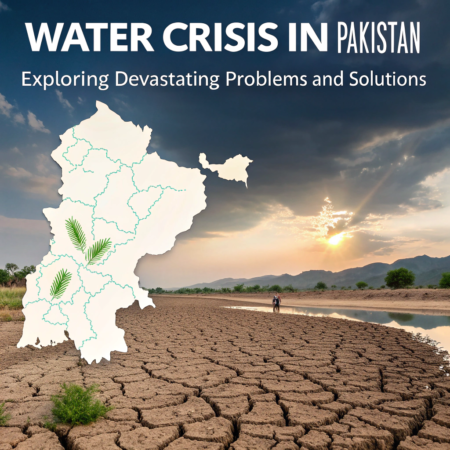
In this article, we will explore three major devastating problems caused by water scarcity in Pakistan and discuss powerful solutions that can help combat this crisis. By understanding the root causes and implementing effective strategies, Pakistan can secure a sustainable water future.
Table of Contents
1.The problem of water scarcity in Pakistan and its solution
Pakistan is facing a complex and serious problem of water scarcity in Pakistan due to various factors. This problem not only affects agricultural production but also has profound effects on health, economy, and social structure. Pakistan’s large population depends on agriculture, and the availability of water is of primary importance to it. In this article we will examine the causes, effects, and possible solutions to water scarcity in Pakistan.
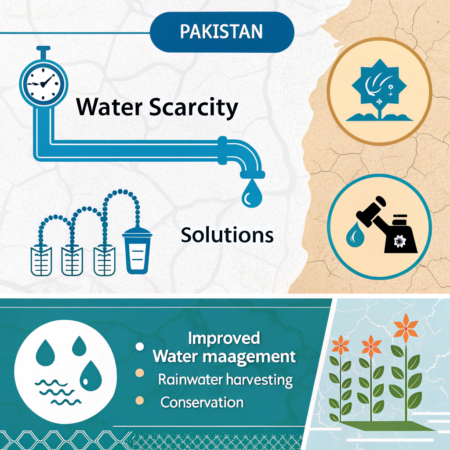
Water sources:
There are two major sources of water in Pakistan: rivers and groundwater. The river system, especially the Indus River, one of the world’s largest rivers, is the main source of agriculture and irrigation for Pakistan. In addition, water is also obtained from rain and glaciers. But climate change, urban development, and unplanned water use are leading to the depletion of these resources. Due to Pakistan’s climatic conditions and dependence on agriculture, water conservation is very important to address water scarcity in Pakistan.
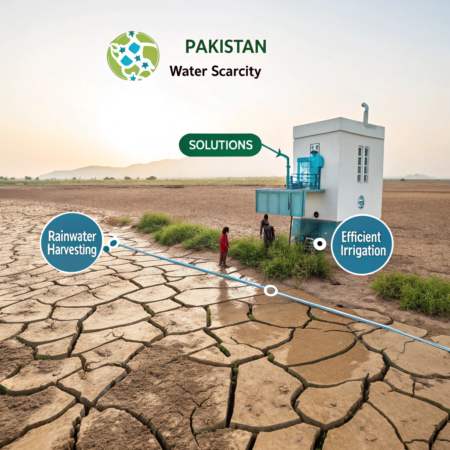
Climate change:
Climate change has had a severe impact on water availability in Pakistan. Unpredictable rainfall, prolonged droughts, and melting glaciers are creating imbalances in water supplies. Rapid melting of glaciers initially increases the water supply, but in the long run, it can lead to water scarcity in Pakistan. Protecting the environment and saving natural resources are very important to reduce the effects of climate change in Pakistan.
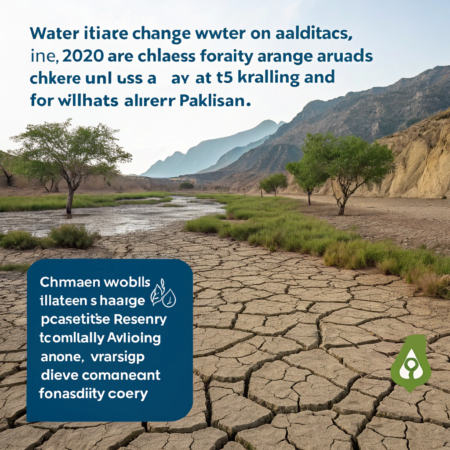
Unregulated water use:
The problem of unregulated use of water in Pakistan is also very serious. Indiscriminate use of water, especially in agriculture, is further exacerbating water scarcity in Pakistan. Many farmers do not use modern irrigation techniques and waste a lot of water, leading to depletion of groundwater levels. Water scarcity can be reduced through equitable use of water and effective distribution of water resources.
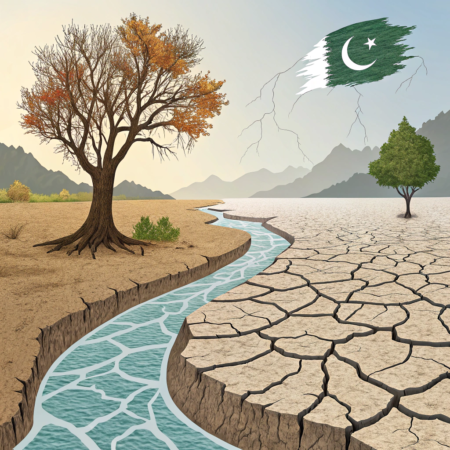
Water pollution:
Water pollution is also a major problem in Pakistan. Industrial effluents, agricultural chemicals, and municipal wastes are polluting water bodies. Contaminated water is not only a threat to human health but also adversely affects agriculture. Diseases caused by water pollution, such as cholera and other epidemics, are harming human health. Also, agricultural production is affected due to polluted water, further contributing to water scarcity in Pakistan.
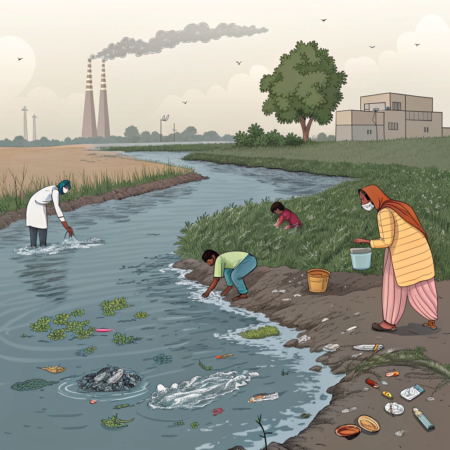
Population pressure:
Pakistan’s growing population is also causing water scarcity in Pakistan. The demand for water is increasing to meet the needs of the growing population, which is more than the available water. Inadequate water supply systems in urban areas and unplanned development have exacerbated the problem. Growing population pressure in Pakistan is exacerbating water scarcity.
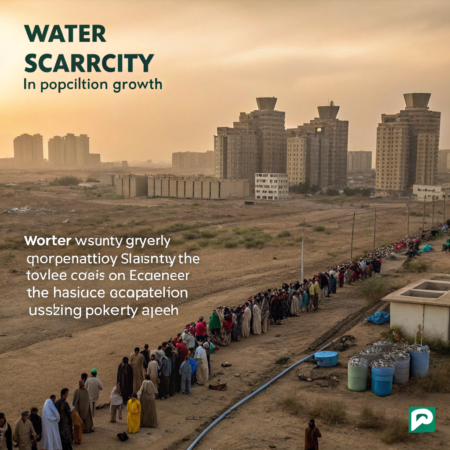
Water distribution system:
The water distribution system in Pakistan is also complicated. Disputes over water sharing between provinces, especially between Sindh and Punjab, make equitable distribution of water difficult. These conflicts lead to water scarcity in Pakistan in some areas, adversely affecting agriculture and the economy.
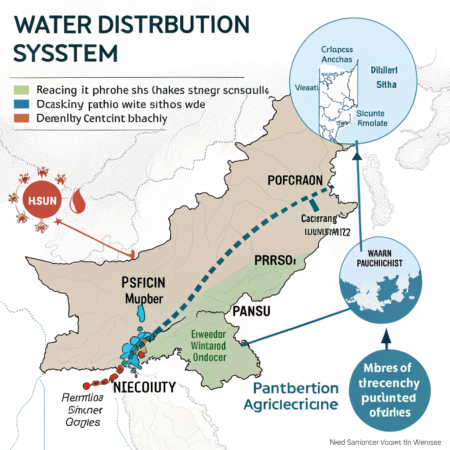
2.Effects of dehydration
Effects on agriculture:
Water scarcity in Pakistan has a direct impact on agriculture. This results in reduced crop yields, lower quality produce, and higher market prices. Water scarcity affects the economy of farmers, leading to increased poverty.
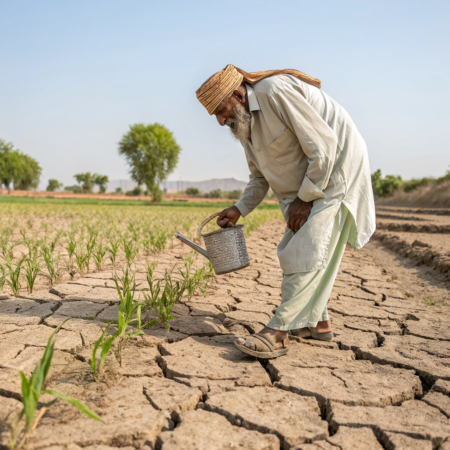
Effects on health:
Water scarcity and pollution also affect human health. Non-availability of clean water prevents people from getting clean water to drink, causing cholera and other diseases to spread. Public health problem is also becoming serious due to lack of water.
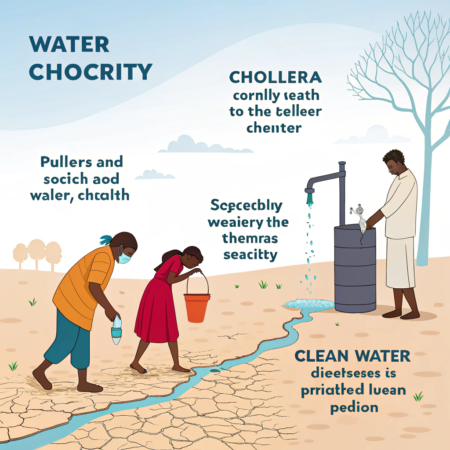
Effects on the economy:
Water scarcity in Pakistan is also a big challenge for the economy. Due to reduction in agricultural production, GDP is adversely affected. In addition, industrial production is also affected by water scarcity, which reduces employment opportunities.
Social effects:
Social tension is also increasing due to scarcity of water. Disputes and disputes are arising between different communities over access to water, affecting the law and order situation.
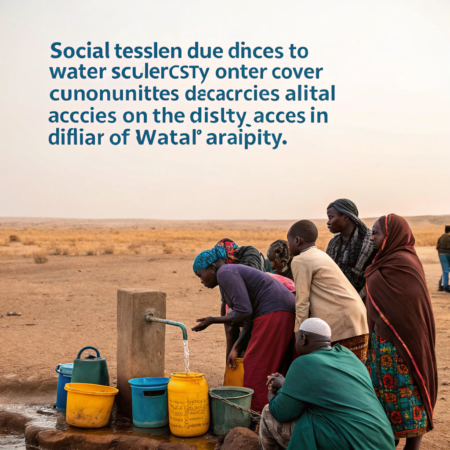
3.A possible solution
Water conservation measures:
Adopting water conservation measures is very important. Measures such as modern agricultural techniques, such as drip irrigation and water reuse planning, can save water. In addition, public awareness campaigns can also be helpful for water conservation. Educating people on proper use of water is the need of the hour to reduce water scarcity in Pakistan.
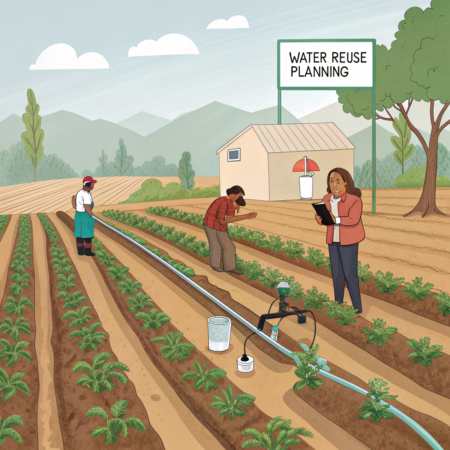
Government policies:
The government should improve the water distribution system. There is a need to improve negotiations and policy making to resolve inter-provincial conflicts. Strict laws and their enforcement are also necessary to reduce water pollution and address water scarcity in Pakistan.
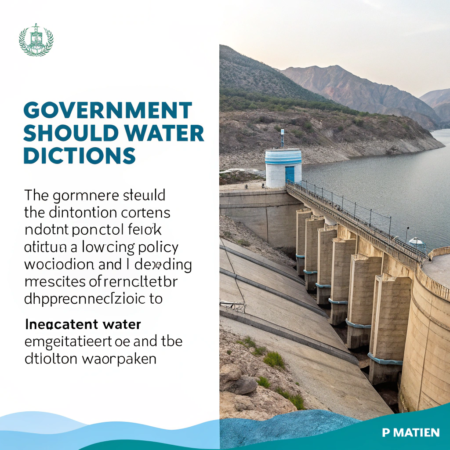
International cooperation:
Pakistan should promote international cooperation to solve water problems. Exchanging experiences and working on joint projects with other countries can be helpful in solving the problem of water scarcity. International organizations and countries can provide assistance to Pakistan in modern ways of water conservation.
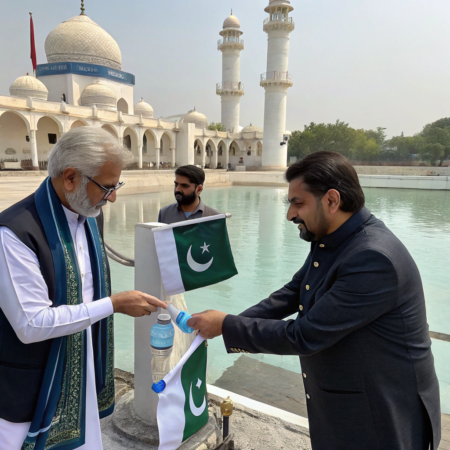
The result
Water scarcity in Pakistan is a serious problem that needs urgent attention. Solving this problem is possible not only through government initiatives, but also through public awareness, advanced technology, and international cooperation. If this problem is not addressed in time, it can create more challenges for the country’s economy, health, and social infrastructure. Ensuring the availability of water is the country’s responsibility۔
————————-
you may also like
